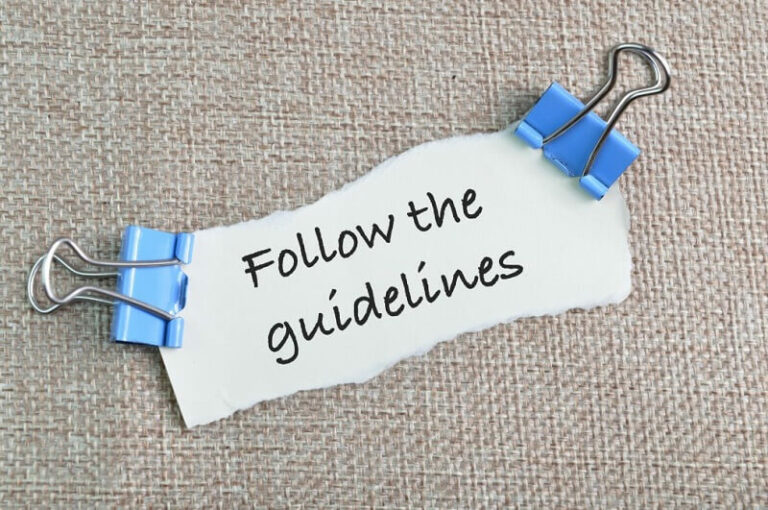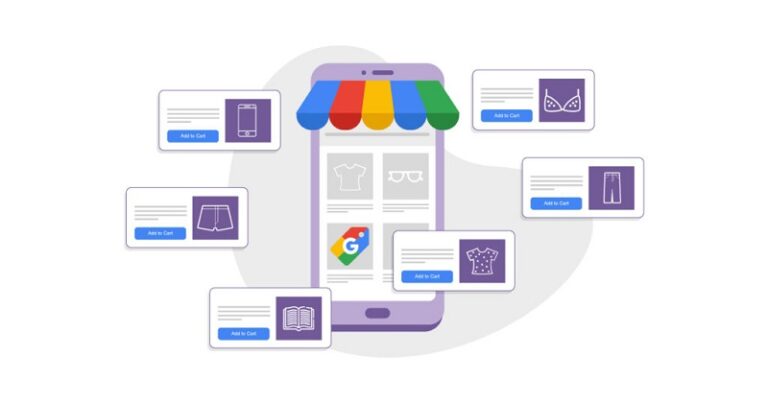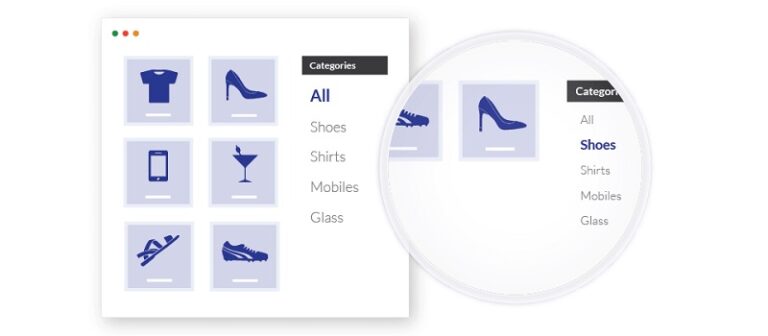Table of Contents
A lot goes to the success of any Google Shopping campaign.
Therefore, it is crucial to pay attention to every bit and piece of the campaign if you want to stay ahead of this fierce competition.
One critical area is the Google Shopping categories.
In this article, we will shed some light on Google Shopping categories and how you can optimize them for the best campaign outcomes!
What is Google Shopping Category?
Simply put, the product category is used to categorize a certain item uploaded on Google. This category was chosen from Google’s taxonomy. You can have a look at the full list right here.
The aim of Google when they publish the list is to assist the shoppers in navigating the item they are looking for.
Therefore, it is critical that when you submit your products to Google Merchant Center, you have to choose a category for your listings. That way, you can rest assured that your potential customer could find your products on the platform.
Google Shopping Categories vs Product Type Categories

Google Shopping Category vs Product Type Category
Some people find it hard to differentiate between Google Shopping category and Product type category.
Google Product Category is a feature that assists in categorizing products or things. The products were chosen from the Google taxonomy, and the full list may be found here. Placing things in the product category makes it easier for potential buyers to discover more about your organization and its services.
To be published and featured on the Sharp Shopping campaigns, product data must be added. The Google merchant center feed guide makes it easier to construct the appropriate online segregations. Customers often have difficulty deciding exactly what they want, therefore it’s critical to choose the correct product category.
On the other hand, the “product type” attribute is an optional attribute that can be useful because it tells Google that you’re utilizing your classification system. Although it refers to the default category path, the values of this type of “product type” correspond to the same titles as your category.
The “Google Product Category” characteristic, meanwhile, only works for Google-defined values. As you enter values, they will be utilized to structure any reporting and bidding in AdWords Shopping campaigns.
For example, if you want to put it under Product Type, Google breaks it down into the complete category route – Electronics > DVD Players > BluRay.

Google’s product taxonomy with ids
The best way to not confuse Google Shopping category and Product type category is to use Google’s product taxonomy as your product-type nomenclature system. Keep in mind that you can use Google Shopping categories as your Product Type categories, but not the other way around.
In case you choose to link to another system for your product type, make sure they are properly classified.
Guidelines for Google Shopping Categories

There are some Google feed specification instructions that you want to follow to submit high-grade data to Google Merchant Center and win the Google Shopping ads.
- Employ only a predefined Google Shopping category: You can select the ID only or the entire category path as your Google Shopping category. On top of that, use the product type attribute to describe the category as well.
- Use the one category that describes your product best: You can pick a group based on the main feature of the company. For instance, if an MP3 player has certain functionalities, like a watch, its key purpose is still as an MP3 player. In this case, go ahead and choose: Electronics > Portable Audio > Music Players > MP3 Player.
- Employ the most specific category: For instance, a phone charger, let’s use the phone accessories category: Electronics > Cell Phones and Accessories > Accessories > Phone Chargers.
- Employ categories released from August 2011: You should not use terms previously published in August 2011 since it is already outdated.
How to Optimize Your Google Shopping Categories?
Now it’s time for what you’re waiting for, the best tactics to optimize your Google Shopping categories.
We cannot emphasize this enough, it is critical to get your Google Shopping categories right in the first place. Otherwise, when Google is not sure about what category your listings belong to, it will not show your ads to the right person at the right time. As a result, you might lose a huge amount of money for nothing.

1. Do a proper review of your products
Looking through all of your product listings can be a long and tedious process. Sadly, it just needs to be done.
The good news is that this is a once-in-a-lifetime task, you won’t need to go through the whole list ever again if you get it done right from the start.
My pro tip is, to begin with, the right main category, you can then save so much time and make an accurate selection.
Let’s say you’re selling bird treats. You look at the Google Shopping category list and you see:
Animals & Pet Supplies > Pet Supplies > Bird Supplies > Bird Food.
You might be thinking that the term bird food is a big general for your listing but the people who are looking for bird food might be interested in buying bird treats as well. At this point, you’re so glad to find the exact category of your products and you fill that information into your database.
However, if you scroll down a bit further, you’ll see:
Animals & Pet Supplies > Pet Supplies > Bird Supplies > Bird Treats.
After all, you’re selling Bird treats and this category is much more narrow and closer to your products, which is a better option than the other one.
That’s why I say, the more accurate your Google Shopping categories are, the more chance of getting higher engagement and conversions you’ll have.
2. Don’t aim for perfection, choose the best fit category is enough

Google Shopping Categories
There are times when you cannot find any category that matches your product listings.
In these situations, some store owners just leave it blank and don’t fill anything at all.
This is a BIG MISTAKE!
If you don’t let people know which category your listings belong to or at least the closest category that reflects your products, the engine has to guess. And it is not that smart to be honest.
The solution is just to go for the “best fit” category, which means the category that is closest to what you’re selling.
4. Keep your descriptions with detailed information

Why do I mention product descriptions when we’re talking about optimizing product categories. Apart from the categories, Google also reads your description in order to get to know your listings, you might want to pay attention to this field while getting your category mapping right.
Here are some tips and tricks you can use to ensure your product descriptions do the best job.
- Although Google allows you to add up to 10,000 characters to illustrate your products, you should only use from 500 to 1000 characters. For most people, too many texts might lead to not knowing where to look, and eventually, they will not want to read at all.
- You should make sure to add the most important information such as special features, size, specifications,…)
- Use relevant keywords that tell Google what your products are about.
- Leverage the first 160-500 characters to list the most important features.
- Don’t use all caps or links.
- Write easy-to-read descriptions with bullets, spacing, numbering, or line breaks.
- Keep a professional tone and voice, grammatically correct language.
5. Optimize everything else
Even when you get a perfect category match, do not stop there.
There are so many fields that you need to optimize such as the product titles or images if you want to get the best results for your Shopping campaigns.
Our advice is to check back on your strategies on a regular basis and find more tactics to keep enhancing your shopping campaign performance.


